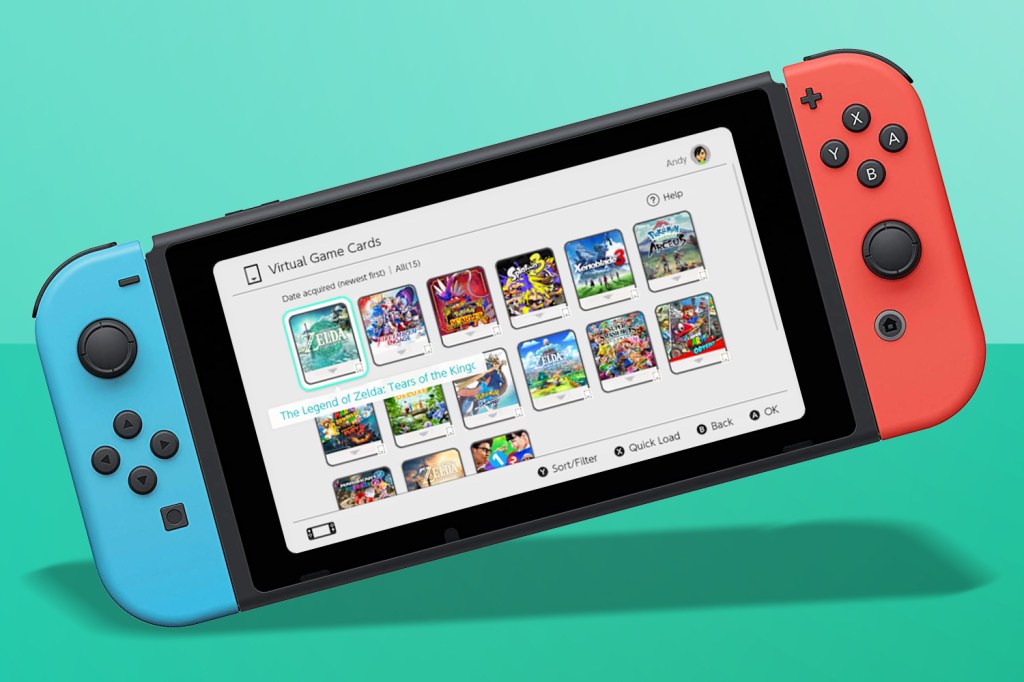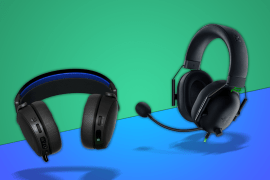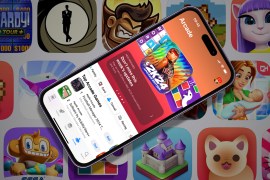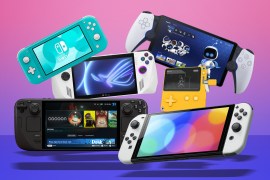Switch Virtual Game Cards are a good idea – but I want Nintendo to go further
Is Nintendo's outside the (virtual) box thinking a slice of freedom or merely a less annoying walled garden?

Tomorrow’s Nintendo Direct promises a glimpse into the future, with details about the much-anticipated Switch 2. But the previous Nintendo Direct dug into the past, revealing a final flurry of major titles for the original Switch, along with Virtual Game Cards, an intriguing attempt to bridge old-school physical media and the convenient – but restrictive – world of digital downloads.
I’m increasingly Team Physical Media, but there’s a tension on the Switch, where my purchases have been mixed. Physical media offers great simplicity, letting you swap games between consoles with a prod and a click. Digital can be cheaper but also messier. You have to faff about assigning ‘primary’ and ‘non-primary’ devices. Not fun when you take the ‘wrong’ device beyond an internet connection and realise your rights to play a favourite game are ‘in another castle’.
This kind of tech-induced headache can make even the most seasoned tech hack weep. And it’s why I find the concept of Virtual Game Cards appealing – it’s a nod to the intuitive, tactile world we all understand, but with the benefits of digital. However, as with all things Nintendo, the execution leaves me wanting more.
Card sharp
The premise of a Virtual Game Card is that – like a physical card – you can pluck one from a Switch and slot it into another. A quick internet handshake ensures you’re not doing anything to make Lawyer Bowser stomp on your head. Then you’re good to go – entirely offline thereafter. You can also lend digital games to your Nintendo Account family group – one title per person, which automatically pings back to your console after two weeks. This of course stretches the game card metaphor, unless Nintendo has attached comedy elastic bands to physical cards when I wasn’t looking.
I do also wonder if Nintendo will lob spanners into the works to make Virtual Game Cards less streamlined than they might otherwise be. Will the user interface handle sprawling libraries or force you to drag cards across one-by-one? We know save data will be retained for loans, but what about game data? The prospect of downloading a game during each loan while on UK broadband would be a nightmare – although perhaps less problematic in civilised countries that connect properties to the internet with something other than tin cans and string.
One question has been answered, at least: if you hate the idea of Virtual Game Cards, Nintendo says the system is optional. So you can continue juggling profiles, signing into multiple devices, sacrificing Goombas, and then having two people play the same digital title, as long as one is online and the other offline. So: yay?
Let’s get physical

Another thing I doubt will go away is physical Nintendo Switch cards. Doomsayers claim Virtual Game Cards spell their end. And, sure, Nintendo loves the control and profit margins that come from digital. But it also loves retail presence and the gift-giving appeal of boxed games. Plus, the resurgence of physical media isn’t something a historically cart- and card-happy company will fumble.
Personally, I’m all for it – but would love to see Nintendo push Virtual Game Cards further, in mirroring physical media and exploring what’s possible in digital. The means to lend games to friends who aren’t eagerly lurking in your living room. Digital copies with physical cards, to reduce wear and avoid you losing a 50-quid game down the back of the sofa. Even the means to resell digital games.
Most of those would make a Nintendo accountant’s teeth itch, so they probably won’t happen. Still, we’re getting something – and it’s a sign even the most control-obsessed company can loosen its grip, just a little. But until Virtual Game Cards truly embody the full boundless potential of both physical and digital, they’ll remain a tantalising glimpse of what could be. Although, given Nintendo’s history, that’s more than I’d have expected.



